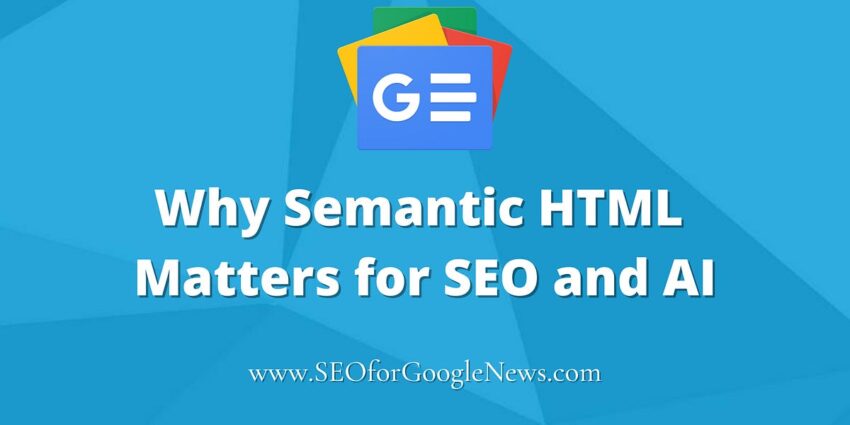TL;DR Summary of The Importance of Semantic HTML for SEO and Content Clarity
<h1>, <p>, and <article> improves content clarity and SEO performance. Despite advances in structured data, semantic HTML remains critical and complements structured data to maximize web page comprehension. Avoid overusing <div> and <span> in favor of meaningful HTML elements to enhance visibility and machine readability.Optimixed’s Overview: Enhancing SEO and Machine Readability with Semantic HTML Best Practices
Understanding Semantic HTML and Its Role in Modern SEO
Semantic HTML is the practice of using HTML tags that convey the meaning and structure of content on a webpage, rather than relying heavily on generic <div> and <span> tags. This approach benefits both human readers and automated systems such as search engines and large language models (LLMs) by providing clear signals about the role of each piece of content.
Key Semantic Elements to Use in Your Articles
- Headings: Use a single
<h1>tag for the main article title and<h2>,<h3>, etc., for subheadings to establish a logical content hierarchy. - Paragraphs: Wrap text blocks in
<p>tags rather than generic containers to indicate paragraphs. - Images: Employ the
<img>tag properly to ensure images are recognized and indexed by search engines. - Links: Use
<a>tags with validhrefattributes for clickable links, which Google will follow and understand. - Lists: Structure bullet points and numbered items with
<ul>and<ol>tags respectively. - Emphasis: Highlight text semantically with
<em>and<strong>instead of purely visual styling tags.
Structural Semantic Tags for Page Layout and Machine Parsing
Beyond content tags, semantic HTML includes elements that define different page sections:
<header>for introductory content and site branding<nav>for primary navigation menus<section>to group related content areas<article>to indicate the main article content<aside>for sidebars or supplementary information<footer>for page footer content
These tags provide context that helps search engines quickly interpret page structure and prioritize content.
Why Semantic HTML Still Matters in the Age of JavaScript and Structured Data
The rise of JavaScript-heavy frameworks has led to overuse of non-semantic <div> and <span> tags, obscuring content meaning and making indexing harder. While structured data enhances machine understanding by providing explicit metadata, it does not replace the foundational role of semantic HTML. Structured data cannot indicate which elements are interactive buttons, key paragraphs, or primary links—semantic HTML fills these gaps.
Benefits for SEO, AI, and the Future of Web Content
- Improved SEO: Semantic HTML helps Google and other search engines extract and rank content accurately, especially for time-sensitive content like news articles.
- Better AI Parsing: LLMs and AI agents can more easily locate and comprehend content when it is marked up semantically, as they often do not render JavaScript.
- Enhanced Accessibility: Proper semantic structure benefits assistive technologies by providing meaningful navigation and content cues.
- Future-proofing: As AI agents potentially perform more complex tasks online, semantic HTML reduces ambiguity and improves task success rates.
Conclusion
Incorporating semantic HTML is a fundamental SEO practice that supports content clarity, indexing efficiency, and AI comprehension. Combining semantic markup with structured data creates a robust framework to maximize a webpage’s visibility and usability across search engines and emerging AI platforms. Embrace semantic HTML to avoid common pitfalls, improve user experience, and secure your content’s position in the evolving digital ecosystem.
